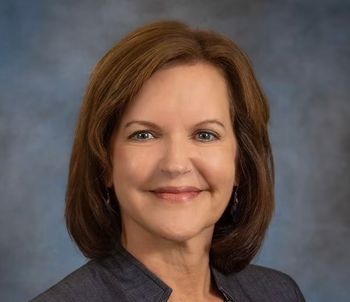
Hospitals Focused on Hiring, Benefits Following COVID-19 Onset
Tides are changing a year and a half after the COVID-19 onset, as health systems accelerate hiring.
Findings of a new report highlight 40% of hospitals accelerated hiring to meet the increased demand in medical services following COVID-19 lockdowns.
What’s more, Aon plc’s 16th annual
The survey findings strongly differentiate from 2020 when hospitals took measures to cut costs during the onset of the COVID-19 pandemic lockdowns. Last year, 54% of hospitals had furloughs, 45% laid off workers, 15% suspended 401(k) or 403(b) retirement plan contributions, and 10% announced voluntary separation programs.
“The top priority in 2020 was to mitigate rising costs for the employer — understandably, given the financial shock that health systems were reeling from,” Sheena Singh, senior vice president of Aon’s national healthcare industry practice, said in a press release. “Now, the pandemic has exacerbated a labor shortage that could impact patient care delivery, delay attainment of organizational objectives, and accelerate burnout among clinical staff.”
A majority of health system employers (77%) expressed concerns with employee burnout and workforce resiliency, while 76% were concerned with employee work/life balance. Additional concerns included financial stress for employees (75%) and benefits to support diversity, equity, and inclusion (73%).
The report demonstrated average health benefit expenses per hospital employee per year may grow 2.7% from nearly $14.5k to more than $15k. This is due to hospitals ramping up to accommodate deferred medical services.
When it comes to healthcare costs, 77% of hospitals plan on paying at least 76% for their employees. And 23% offer a no-cost health plan. Most health systems surveyed (85%) provide a discount to employees through a plan design to access their own facilities and providers.
As far as benefits are concerned, 94% of hospitals offer tuition reimbursement programs and 69% offer flexible work options. Many hospitals (66%) offer cash-out vacation policies and 45% offer adoption benefits. Other employee rewards include on-site daycare, student loan repayment plans, back-up childcare, and back-up elder care.
“Attracting and retaining talent remains a top priority and health systems have prioritized benefits as a mechanism to reward their workforce,” Singh said. “This is a trend that will continue with a shortage of qualified health professionals and rising demand for healthcare services, as these organizations seek to build a resilient workforce in the wake of the COVID-19 pandemic.”
Survey results came from benefit plans for more than 2.4 million health system employees from more than 1,150 hospitals across the U.S.




